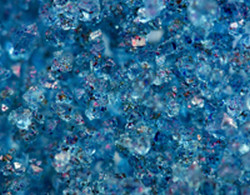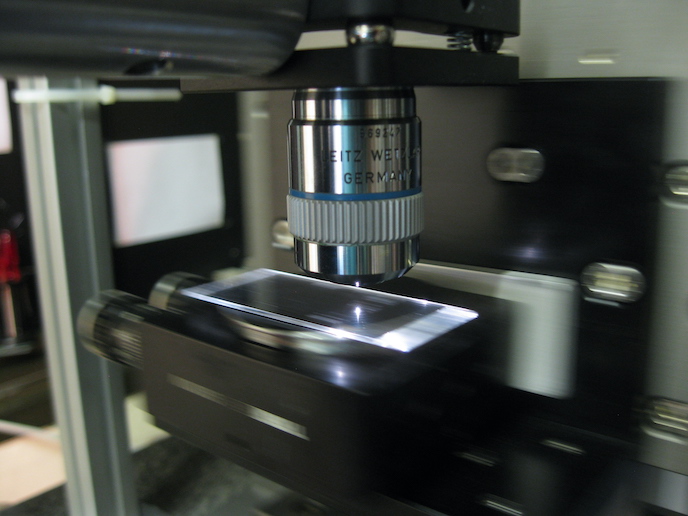Enhancing plasmonic waveguides
Successful exploitation of high-bandwidth optical communication channels in integrated data centre architectures and routing platforms is based on small-footprint, low-latency and low-consumption technologies. Plasmonic optical interconnects are a promising solution, provided that adequate control in terms of their switching and data routing efficiency is ensured. The EU-funded project 'Tunable liquid-crystal long-range surface plasmon polariton components' (ALLOPLASM) developed novel plasmonic switching components that were electro-optically controlled by nematic liquid crystalline materials for use in integrated photonic circuitry. This involved designing, analysing, modelling and fabricating plasmonic structures enhanced with liquid–crystal layers capable of performing the target switching functions. ALLOPLASM employed a variety of numerical analysis methods for waveguide electromagnetic analysis and study of the liquid–crystal orientation. Based on a finite element method, scientists addressed the anisotropic nature of the liquid–crystal plasmonic waveguide. Eigenmode expansion allowed a rigorous analysis of light wave propagation in longitudinal plasmonic switching components. Furthermore, ALLOPLASM analysed highly dispersive materials and developed time domain methods for studying liquid–crystal photonics and plasmonic structure. By employing these numerical tools, scientists were able to design and study a variety of liquid–crystal plasmonic components for optical interconnects, demonstrating advanced performance characteristics. This included in-line, long-range plasmonic variable attenuators and phase shifters, directional coupler plasmonic switches for planar and 3D multi-level architectures, and in-line dielectric-loaded plasmonic phase shifters. In all cases, switching properties were induced through electro-optic control of properly designed liquid–crystal layers and cavities. This led to reduced consumption of overall power well below that of thermo-optical plasmonic switches. Researchers fabricated and characterised experimental samples. The expected plasmonic components should provide an ultra-low–power consumption solution for inter-chip or on-chip optical interconnects.
Keywords
Plasmonic waveguide, liquid crystal, plasmonic component, communication channel, optical interconnect, surface plasmon, polariton component, switching component, liquid crystalline material, electro-optic control







